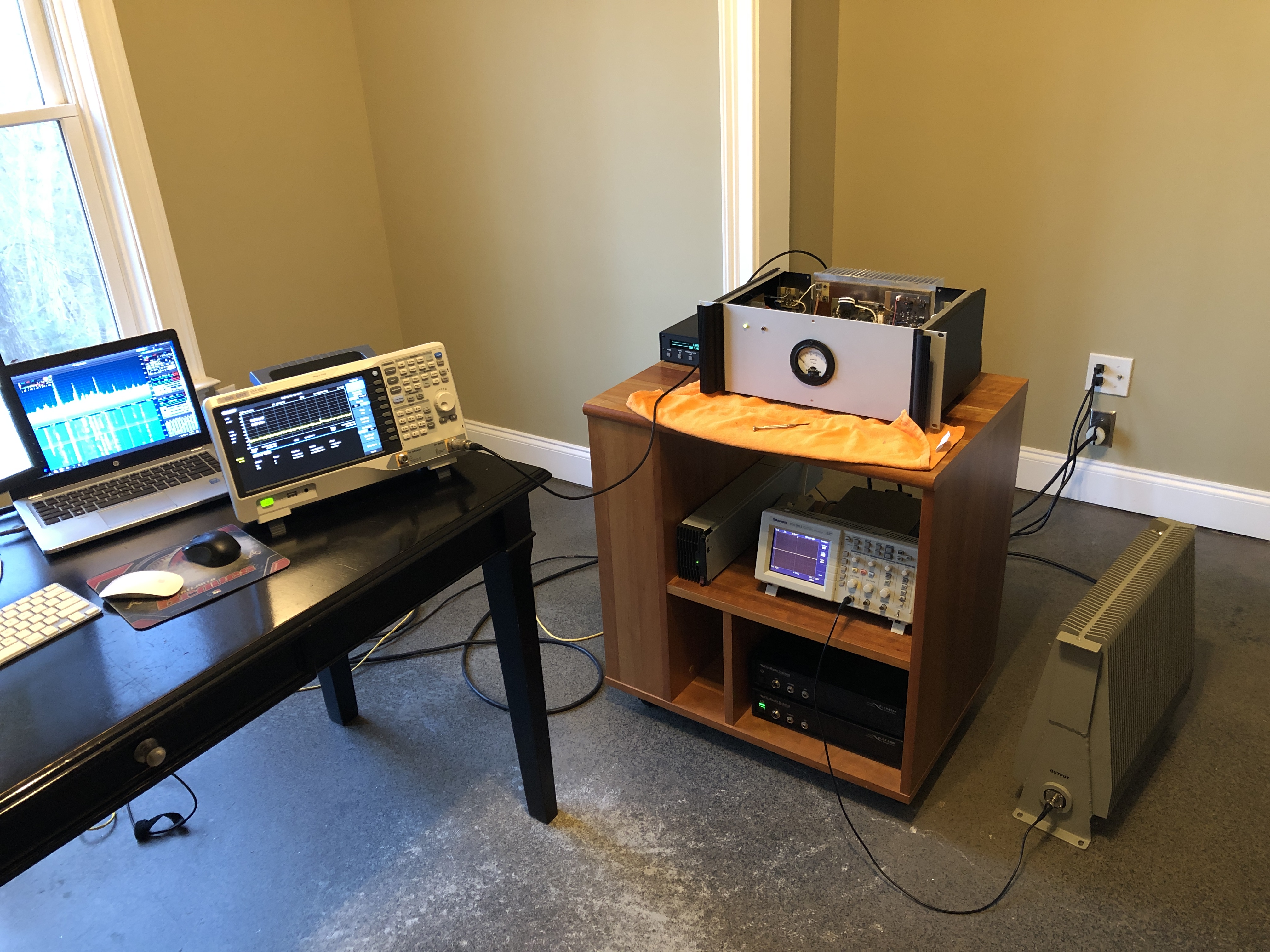
Here’s the testing setup. The enclosure is “universal” and different pallets get dropped into it. In the pic you can see the exciter (Flex 6300), spectrum analyzer, power supply, dummy load, RF power meter, ammeter and oscilloscope. Hiding in the back is a inline RF sampler.
The way I test and develop these amps is very unique. Most individuals and professional amplifier companies try to produce 1500W+ then filter the harmonics down to FCC spec with the LPF on the back end.
This method is extremely easy and does sell amplifiers, since hams only care about watts…and how cheaply they can get them.
Those commercial amplifiers are not really linear by any stretch of the imagination. If you could see what happens to your pretty little sine wave at 1500W, you would be like, “what the crap!”
If any amplifier was truly linear, it would not even need a LPF. I’ll do another whole post on this topic the near future.
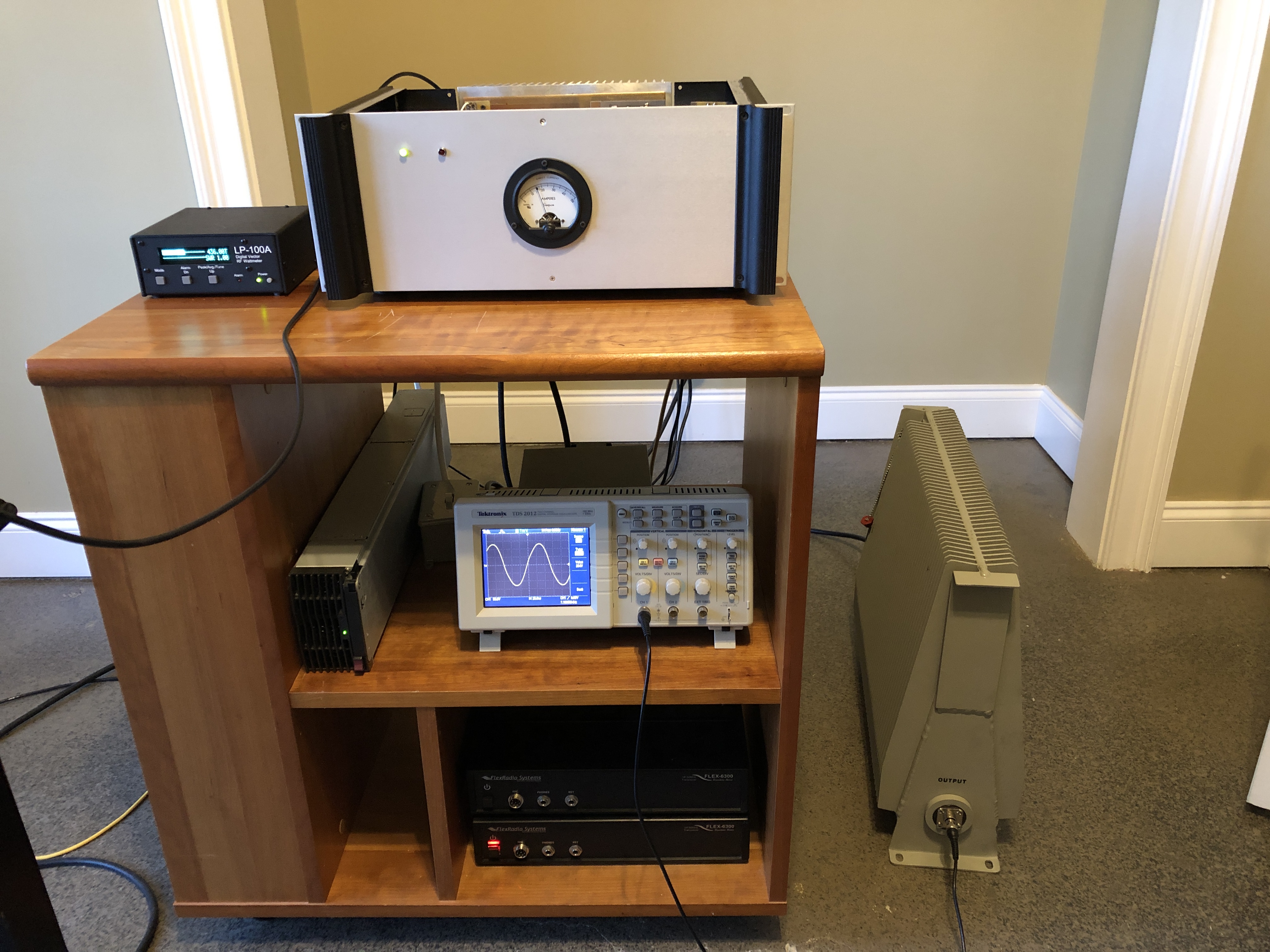
Here’s one of my single device pallets running at 500W with perfect (looking) sine waves with no LPF. It will do this to ~600W.
I test my amps with no LPF, full power into a dummy load. I watch the sine waves and watch the spectrum analyzer, primarily the 3rd harmonic. The 3rd tells the story.
I’ll do another post on this as well, but just so you know, for a single 188XR device amp running at 50V with a 9:1 TLT, the maximum theoretical output to remain in class AB is 733W. Anything above that and the waves take on all sorts of predictable non-linear shapes and the harmonic content rises to unbelievable levels – like 3rd harmonics only -10dB! This is NOT linear.
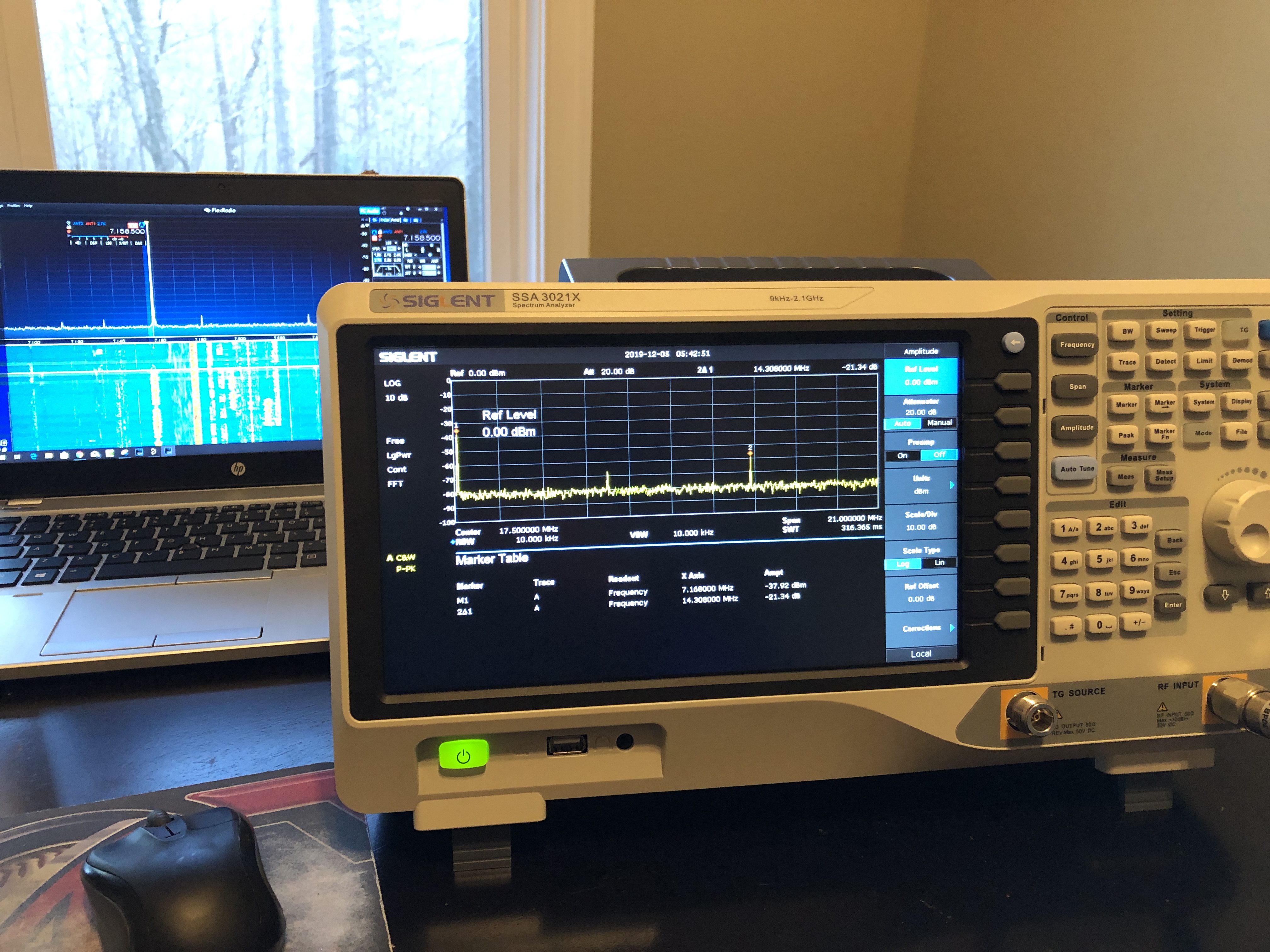
Here’s the same single device pallet as above running at 500W showing the 3rd harmonic down -21dB with no LPF. So there’s 3.97W going out on the 3rd harmonic.
Perfect, heck no, and I’m working to get this even lower.
Better than everyone else’s -10dB 3rd harmonic…which is 50 Watts?!
Heck yeah!!

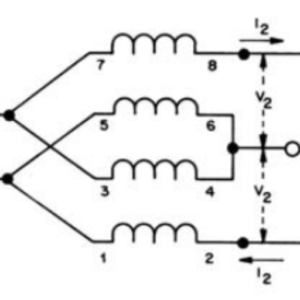
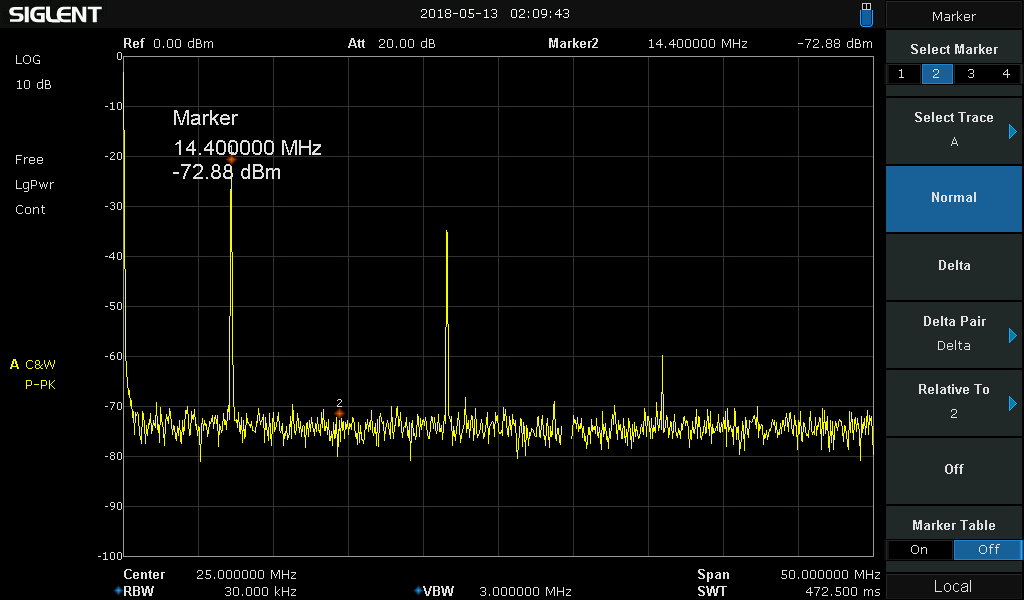
Leave a Reply